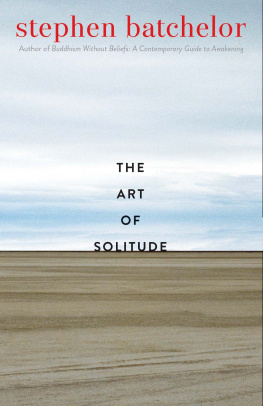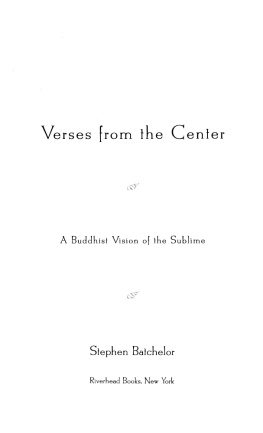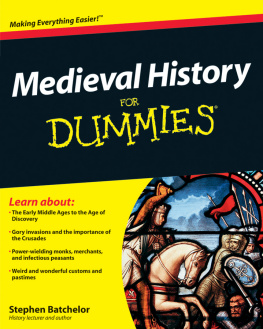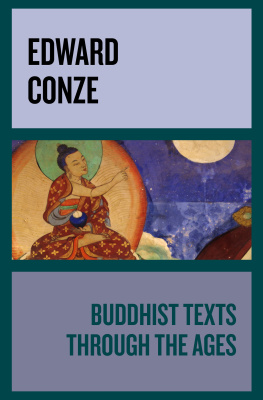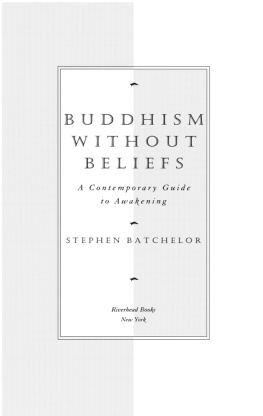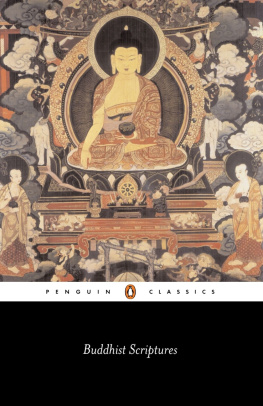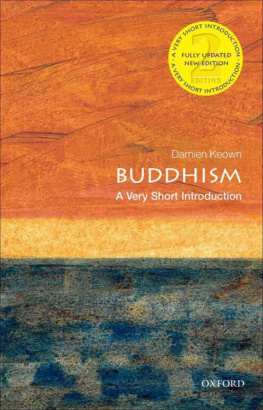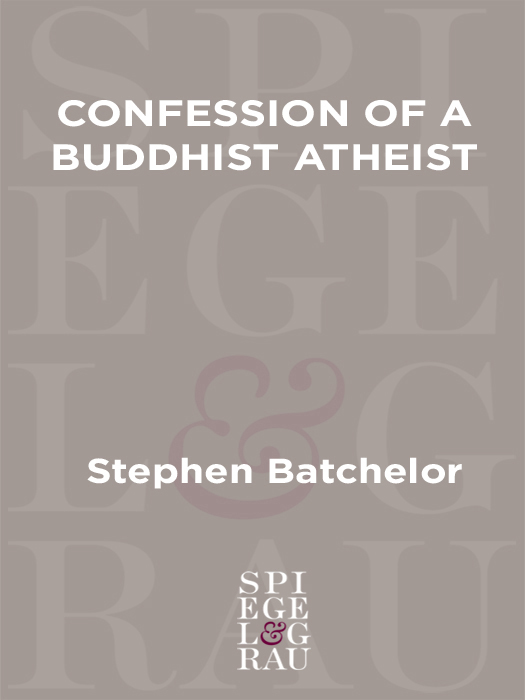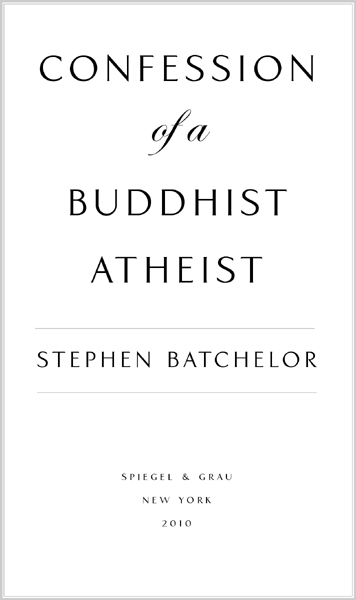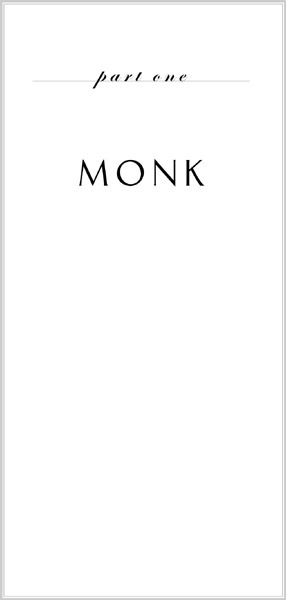ALSO BY STEPHEN BATCHELOR
Alone with Others:
An Existential Approach to Buddhism
The Faith to Doubt:
Glimpses of Buddhist Uncertainty
The Tibet Guide:
Central and Western Tibet
The Awakening of the West:
The Encounter of Buddhism and Western Culture
Buddhism Without Beliefs:
A Contemporary Guide to Awakening
Verses from the Center:
A Buddhist Vision of the Sublime
Living with the Devil:
A Meditation on Good and Evil
, or five hundred, but far more men and women lay followers, my disciples, clothed in white, enjoying sensual pleasures, who carry out my instruction, respond to my advice, have gone beyond doubt, become free from perplexity, gained intrepidity and become independent of others in my teaching.
Siddhattha Gotama
but its impossible to live without them. Thats the mess Im in.
Wim Wenders
PREFACE
Confession of a Buddhist Atheist tells the story of a thirty-seven-year journey through the Buddhist tradition. It begins with my encounter in India at the age of nineteen with the Dalai Lama and the teachings of Tibetan Buddhism, and concludes with the reflections of a fifty-six-year-old secular, nondenominational lay Buddhist living in rural France. Since I was not raised as a Buddhist, this is a story of conversion. It tells of my fascination with Buddhism as well as my struggle to come to terms with doctrinessuch as reincarnationthat I find difficult to accept, and authoritarian religious institutions that resist criticism and innovation. My personal struggles may also reflect a broader cultural conflict between the worldview of a traditional Asian religion and the intuitions of secular modernity.
My encounter with traditional forms of Buddhism led me to ask with increasing urgency: Who was this man Siddhattha Gotama, the Buddha? What sort of world did he live in? What was distinctive and original in his teaching? I began to realize that much of what was presented to me in good faith as Buddhism were doctrines and practices that had evolved many centuries after the Buddhas death, under very different circumstances from those in which he lived. Throughout its history Buddhism has displayed a remarkable ability to adapt to novel situations and reinvent itself in forms appropriate to the needs of its new adherents. Yet this very ability to present itself in another guise has also served to obscure the origins of the tradition and the figure of its founder. In many schools of Buddhism today, the discourses of Siddhattha Gotama are rarely studied, while the man himself is often elevated to the status of a god.
My quest to trace the origins of Buddhism led me to the study of the Pali Canon: the body of teachings attributed to Siddhattha Gotama in the ancient Pali language. While these texts are not verbatim transcripts of what the Buddha said, they preserve the earliest elements of his teaching and provide glimpses into the fraught social and political milieu of his world. This quest also took me back to India to visit those places mentioned in the Pali Canon where the Buddha lived and taught nearly twenty-five hundred years ago. These studies and field trips, together with G. P. Malalasekeras invaluable Dictionary of Pali Proper Names, have enabled me to reconstruct an account of the Buddhas life that is embedded in his relations with his benefactors, family, and disciples and formed by the political and social tensions of his time.
Many of the people who appear in this book are or were Buddhist monks. Yet the term monk (or nun) in Buddhism does not mean quite the same thing that it does when used in a Christian context. The Pali word for monk is bhikkhu, which literally means beggar. (Nun is bhikkhuni, which means the same.) A bhikkhu or bhikkhuni is one who has dropped out of mainstream society in order to devote him- or herself to the practice of the Buddhas teaching. On receiving ordination, bhikkhus and bhikkhunis take more than two hundred vows (many of them minute behavioral conventions). They commit themselves to a life of chastity and poverty buttraditionally at leastare encouraged to lead a wandering life and survive by begging alms. In addition to pursuing a life of simplicity, solitude, and contemplation, the bhikkhu or bhikkhuni will also teach when invited to do so, and provide counseling and pastoral care to those in need. Buddhism makes no distinction between a monk and a priest.
I was a Buddhist monk (initially a novice, then a bhikkhu) for ten years; since disrobing, I have lived as a married layman. Because I do not belong to any Buddhist institution or tradition, I have no home in the Buddhist world. I have become a freelance itinerant teacher, traveling to wherever in the world I am invited to share what I have learned.
Confession of a Buddhist Atheist is written from the perspective of a committed layperson who seeks to lead a life that embodies Buddhist values within the context of secularism and modernity. I have no interest in preserving the dogmas and institutions of traditional Asian forms of Buddhism as though they possessed an intrinsic value independent of the conditions under which they arose. For me, Buddhism is like a living organism. If it is to flourish outside self-enclosed ghettos of believers, it will have to meet the challenge of understanding, interacting with, and adapting to an environment that is strikingly different from those in which it has evolved.
Since this book is intended for the general reader, I have omitted all diacritical marks on Pali terms. These are, however, included in the notes, appendixes, and glossary.
S TEPHEN B ATCHELOR
Aquitaine
September 2009
CONTENTS
PART ONE:
6.
PART TWO:
18.
1
A BUDDHIST FAILURE
(I)
MARCH 10, 1973 . I remember the date because it marked the fourteenth anniversary of the Tibetan uprising in Lhasa in 1959, which triggered the flight of the Dalai Lama into the exile from which he has yet to return. I was studying Buddhism in Dharamsala, the Tibetan capital in exile, a former British hill-station in the Himalayas. The sky that morning was dark, damp, and foreboding. Earlier, the clouds had unleashed hailstones the size of miniature golf balls that now lay fused in white clusters along the roadside that led from the village of McLeod Ganj down to the Library of Tibetan Works and Archives, where the anniversary was to be commemorated.
A white canvas awning, straining and flapping in the wind, was strung in front of the Library. Beneath it sat a huddle of senior monks in burgundy robes, aristocrats in long gray chubas, and the Indian superintendent of police from Kotwali Bazaar. I joined a crowd gathered on a large terrace below and waited for the proceedings to begin. The Dalai Lama, a spry, shaven-headed man of thirty-eight, strode onto an impromptu stage. The audience spontaneously prostrated itself as one onto the muddy ground. He read a speech, which was barely audible above the wind, delivered in rapid-fire Tibetan, a language I did not yet understand, at a velocity I would never master. Every now and then a drop of rain would descend from the lowering sky.


